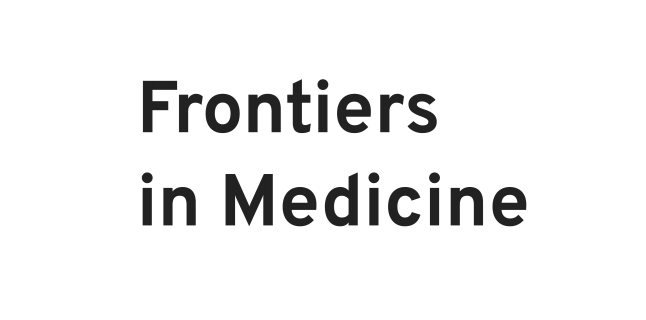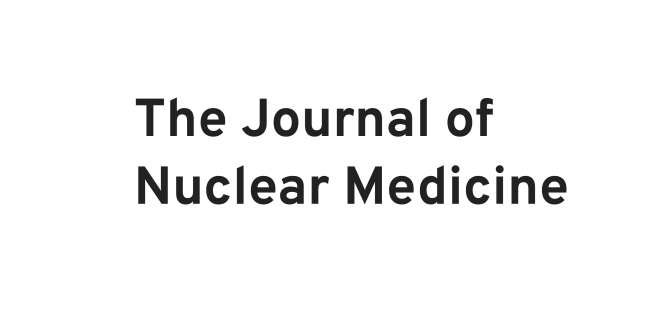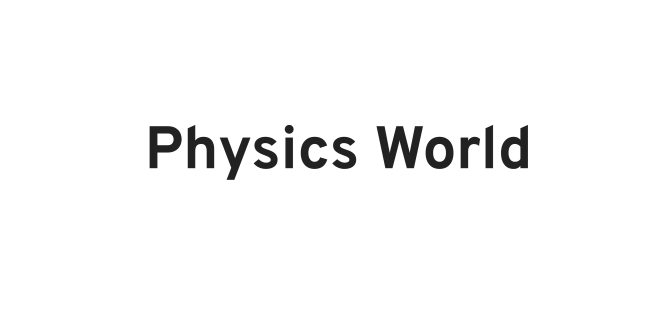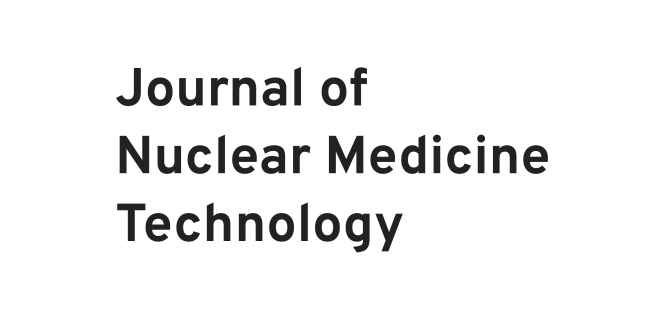Publications
Nuclear Rheumatology? An initial investigation into quantification of arthritis-induced inflammation
Josh Knowland of Lucerno Dynamics delivered an oral presentation on quantification and monitoring of RA disease progression with simple topical detectors during SNMMI 2019 mid-winter meeting in California.

Usefulness of Topically Applied Sensors to Assess the Quality of 18F-FDG Injections and Validation Against Dynamic Positron Emission Tomography (PET) Images
“Since the quality and quantification of PET/CT studies are of clinical importance, sensor measurements acquired during the FDG uptake may prove to be a useful quality control measure to reduce infiltration rates and potentially improve patient care.” Full Text

2018 SNMMI Highlights Lecture: General Nuclear Medicine
In the October 1, 2018 JNM the SNMMI Annual Meeting Highlights Lecture is featured in an article. Two of the 12 most significant General Nuclear Medicine presentations during the 2018 SNMMI Annual Meeting were Lucerno presentations regarding our Multi-center Quality Improvement Project. Dr. Jacene’s selection of these two presentations suggests the importance of the topic and the findings.

Scintillating fiber measures radiotracer concentration in blood
Physics World published a research update news story on the 8/23/18 AIF article, after interviewing Lucerno co-founder Josh Knowland.

Practical Clinical Measurement of Radiotracer Concentration in Blood-Initial Device Concept and Feasibility Testing
“In experiments with phantom models, the prototype provided accurate measurements of β-emitting radiotracer concentration. The design will be refined for in vivo testing. The ability to routinely gather blood input function data would facilitate the adoption of kinetic modeling of PET data.” Full Text

Quality Improvement Using New Technology to Assess and Reduce FDG PET/CT Radiotracer Infiltrations
“The quality and accuracy of the PET/CT image is important to oncologists and their patients. Our center’s 13.3% infiltration rate was similar to published rates. Using new technology led to significant and sustainable improvement in PET/CT radiotracer injections with minimal patient/procedure disruptions. Since a proper injection is critical to the PET/Ct image, ongoing monitoring of the injection is essential.” Poster

Impact of an 18F-FDG PET/CT Radiotracer Injection Infiltration on Patient Management – A Case Report
The journal Frontiers in Medicine, Nuclear Medicine section, publishes a case report from Carilion Clinic highlighting the impact of an FDG PET/CT radiotracer injection infiltration on patient management.

Evaluating Radiopharmaceutical Administration Quality: A Journey of Process Improvement in PET/CT
“Dose extravasation in PET/CT has the potential of reducing image quality and affecting accurate SUV quantification. These case studies demonstrate how the ability to accurately identify, measure and implement a process improvement program to reduce dose extravasations can ultimately have a positive impact on patient outcomes in PET/CT.” Full Text

Measuring Differences in Y90 Delivery Techniques: A Potential Tool for Physician Training, Optimization of Technique, and Confirmation of Dose Delivery
“Analysis of time activity curves from both detectors indicate that use of these detectors can provide specific information about a particular radioactive sphere infusion procedure. Data can be used to optimize techniques for a given Y90 therapy device or used to train radiology residents on proper technique. This method can also provide near real-time confirmation of a successful complete delivery of the desired patient dose which may also maximize therapy efficacy and improve patient outcomes.”
Full Text

Classification of PET/CT Injection Quality Using Deep Learning Techniques and External Radiation Detectors
“A combination of deep learning techniques and TACs from external sensors is a novel approach which can play a significant role in classifying infiltrated injections. With the date constraint factor, the highest accuracy achieved was in the range of 70%. However, the system could identify the good injections with 85% accuracy and with 90% accuracy when using only the original data. Future work aims at training the network with sufficient date with improved mode to achieve better accuracy.” Full Text

Multi-Center Assessment of Infiltration Rates in FDG-PET/CT scans: Detection, Incidence, and Contributing Factors
“Since infiltrations can resolve during uptake and as the standard imaging FOV does not always capture the injection site, many infiltrations may go undetected. Infiltrations result in underestimated SUVs that can impact patient care emphasizing that it is important to monitor injection quality. Thus, identifying contributing factors associated with infiltrations may help stimulate quality improvements, reduce infiltration rates, and potentially improve patient care.”
Full Text

Novel Method to Detect and Characterize F-18 FDG Infiltrations in PET Injections: A Single Institution Experience
“Even when the injection site was out of the field of view, the time–activity curves could still detect and characterize infiltration. Our initial experience showed that the quality assurance information obtained from the device helped reduce the rate and severity of infiltration.” Full Text
